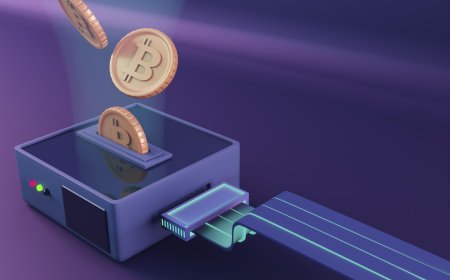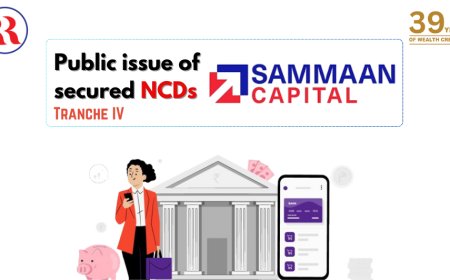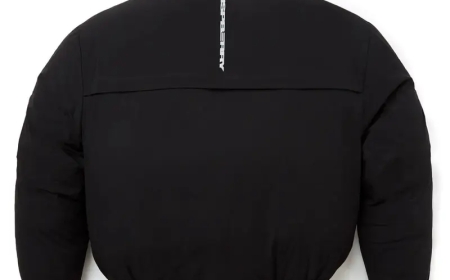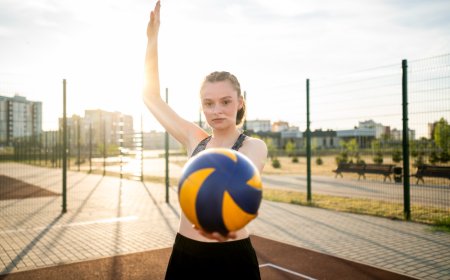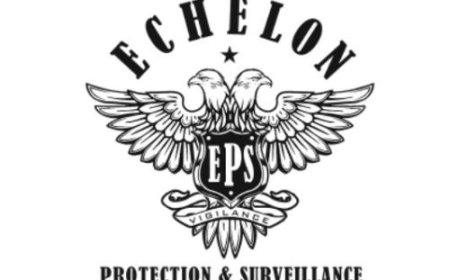No More Pixelated Embroidery: Flawless Image Conversion Techniques
Tired of blurry, pixelated embroidery? Learn how to convert images into crisp, high-quality embroidery designs with these foolproof digitizing techniques

Introduction
Ever tried turning a favorite photo or logo into an embroidered patch, only to end up with a fuzzy, pixelated mess? You're not alone. Converting images into clean, stitch-perfect embroidery designs - or learning how to convert image to embroidery pattern properly - requires more than just uploading a JPEG and hitting 'digitize.'
The good news? With the right techniques, you can transform any imagewhether it's a company logo, family photo, or custom artworkinto a professional-quality embroidered piece. This guide covers everything from choosing the right image to fine-tuning stitch settings for flawless results when you convert image to embroidery pattern.
Why Do Embroidery Designs Look Pixelated?
Before fixing the problem, it helps to understand why it happens:
-
Low-Resolution Images: Small or compressed files lack detail, leading to jagged edges.
-
Auto-Digitizing Pitfalls: Software guesses stitch placement, often poorly.
-
Improper Stitch Types: Using fill stitches where satin stitches would work better.
-
Ignoring Fabric Type: A design that works on denim may pucker on knit fabric.
The key to sharp embroidery? Starting with a clean image and manually guiding the digitizing process.
Step 1: Choose the Right Image
Not all images digitize well. Follow these rules when picking artwork:
Best Image Types for Embroidery
-
Vector Files (SVG, AI, EPS): Scalable without quality lossideal for clean lines.
-
High-Resolution PNG/JPG (300+ DPI): Avoids pixelation when enlarged.
-
Simple, High-Contrast Designs: Less detail = cleaner stitches.
Images to Avoid
-
Low-Resolution Photos: Results in blurry, undefined edges.
-
Gradients/Shadows: Hard to replicate with thread.
-
Overly Complex Art: Fine details may get lost or clump together.
Pro Tip: If working with a photo, simplify it first using graphic software (like Photoshop or free tools like GIMP) by increasing contrast and reducing colors.
Step 2: Prep Your Image for Digitizing
Even great artwork needs tweaking before digitizing.
Editing Tips for Cleaner Conversion
-
Trace Outlines: Use vector software (Inkscape, Adobe Illustrator) to convert raster images to crisp paths.
-
Increase Contrast: Bold lines and solid colors stitch better than subtle shades.
-
Remove Backgrounds: Isolate the subject to avoid unnecessary stitches.
Pro Tip: Save multiple versions of your design (e.g., black-and-white for stitch mapping, color for reference).
Step 3: Digitize with Control (Forget Full Auto)
Auto-digitizing tools are tempting but often produce mediocre results. For sharp embroidery, manual adjustments are key.
Manual Digitizing Techniques
-
Stitch Type Selection
-
Satin Stitches: Perfect for smooth borders and text (stitches run parallel).
-
Fill Stitches: Best for large, solid areas (zigzag or tatami patterns).
-
Running Stitches: Use for fine details (single-thread outlines).
-
-
Stitch Direction Matters
-
Follow natural curves (e.g., stitch radially for circular designs).
-
Avoid 90-degree angles on fill stitches to prevent gaps.
-
-
Adjust Density & Underlay
-
Density: 0.40.6mm for fills; looser for stretchy fabrics.
-
Underlay: Add a base layer (e.g., zigzag) to stabilize fabric.
-
Pro Tip: Zoom in and manually adjust stitch points for tricky areas like small text or curves.
Step 4: Test and Refine
Never skip the test stitchout! Embroider a sample on scrap fabric to check for:
-
Puckering: Reduce density or add stabilizer.
-
Thread Breaks: Adjust tension or shorten stitch length.
-
Blurry Details: Simplify complex areas or switch stitch types.
Advanced Fixes for Pixelation
If your design still looks jagged, try these pro techniques:
1.Pull Compensation
-
Problem: Fabric stretches, distorting stitches.
-
Fix: Slightly expand shapes (11.5mm) to account for pull.
2.Push/Pull Effects
-
Problem: Stitches appear misaligned.
-
Fix: Adjust stitch angles to counteract fabric movement.
3.Shorten Stitch Length
-
Problem: Long stitches sag or skip.
-
Fix: Use shorter stitches (23mm) for tighter curves.
Software Recommendations
The right tools make all the difference:
Free/Cheap Options
-
Inkscape(vector tracing) +SewArt(basic digitizing).
-
Embrilliance Essentials(user-friendly for beginners).
Professional Software
-
Wilcom Hatch(industry standard for advanced control).
-
Pulse IDS(great for multi-needle machines).
Conclusion
Pixelated embroidery is fixableit just takes the right prep, manual digitizing, and testing. Start with high-quality images, ditch full auto-mode, and fine-tune stitch settings for your fabric.
Remember: Even pros test and tweak. Your first try might not be perfect, but each stitchout teaches you more. Now go turn those blurry designs into stitch-perfect masterpieces!
Final Tip: Keep a digitizing journal. Note what works (and what doesnt) for different fabrics and designs. Over time, youll develop an eye for flawless conversions. Happy stitching!





